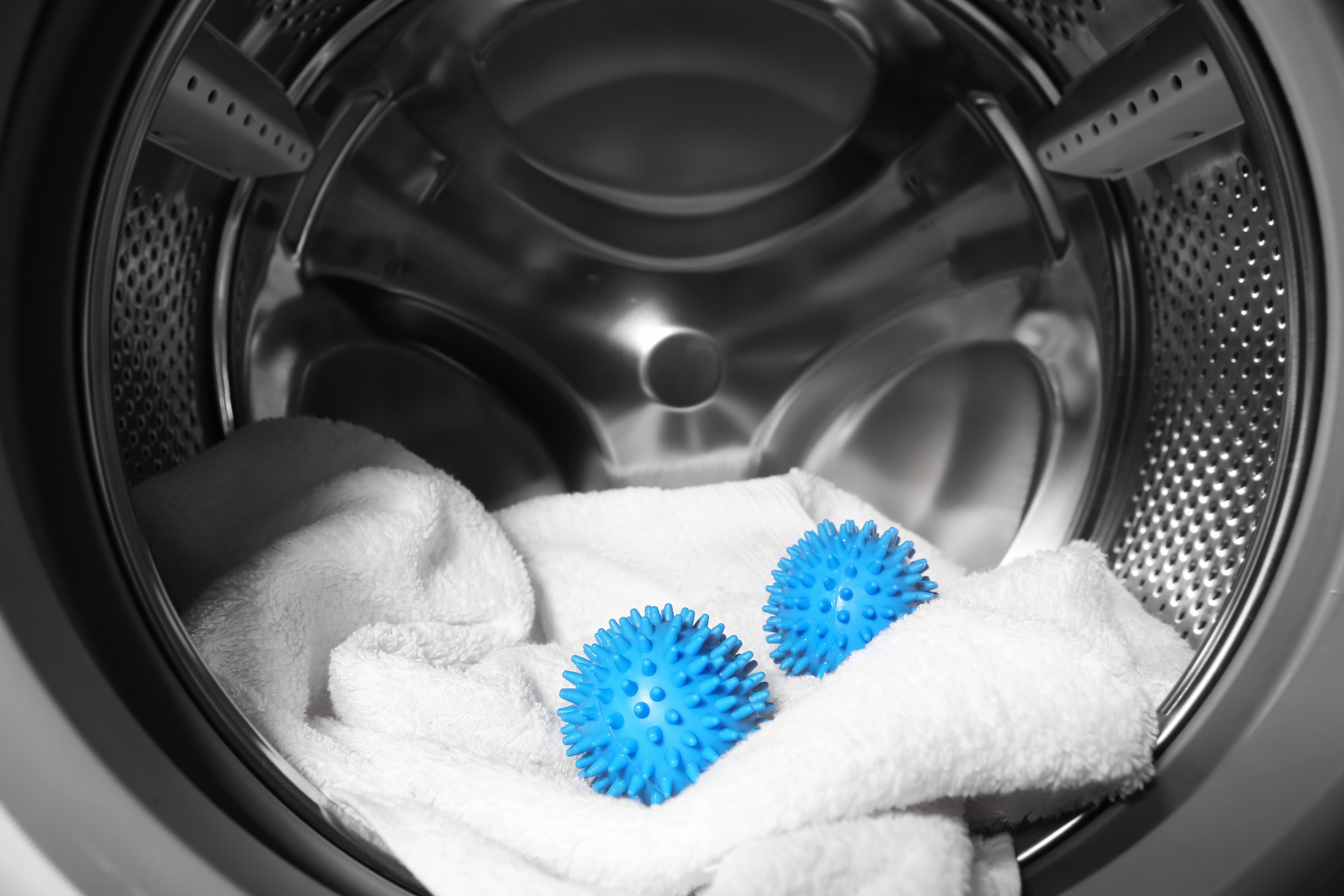

Articles
How Many Dryer Balls Per Load
Modified: January 6, 2024
Learn how many dryer balls you should use per load with our informative articles. Find out the right amount for optimal drying results and energy efficiency.
(Many of the links in this article redirect to a specific reviewed product. Your purchase of these products through affiliate links helps to generate commission for Storables.com, at no extra cost. Learn more)
Introduction
Welcome to the world of laundry and the search for efficient and effective drying methods. If you’ve been wondering how to improve the drying process and reduce static cling in your clothes, you may have come across the concept of dryer balls. These small, handy tools have gained popularity in recent years, promising to revolutionize laundry drying. But how many dryer balls should you use per load?
In this article, we will dive into the world of dryer balls and explore their benefits, how they work, and how to determine the optimal number of dryer balls for your laundry loads. By understanding these elements, you’ll be equipped to make the most out of this ingenious laundry tool and enjoy fluffier, static-free clothes.
Key Takeaways:
- Using 3-6 wool dryer balls or 3-4 plastic dryer balls per load can optimize drying time, reduce static cling, and provide natural fabric softening. Experimentation and considering load size and fabric type are key.
- To maximize the benefits of dryer balls, pre-treat stains, separate heavier items, monitor drying time, and consider using wool balls for delicate fabrics. Adding essential oils and avoiding overloading the dryer can enhance the laundry experience.
Read more: How Many Curtains Per Window
What Are Dryer Balls?
Dryer balls are small, typically softball-sized balls made of various materials such as wool or plastic. They are designed to replace traditional dryer sheets and fabric softeners, offering a more natural and eco-friendly alternative. These balls are tossed into the dryer along with your wet clothes and work by helping to separate and fluff the laundry as it tumbles. They provide various benefits that make them a popular choice among those seeking an environmentally-conscious approach to laundry drying.
There are different types of dryer balls available on the market. Wool dryer balls are made from 100% natural sheep’s wool, while plastic dryer balls are usually made from non-toxic materials such as PVC or silicone. Both types have their advantages, and the choice ultimately depends on your personal preferences and needs.
What sets dryer balls apart from traditional dryer sheets and fabric softeners is their longevity. While dryer sheets are typically single-use and need to be discarded after each load, dryer balls can be reused for multiple drying cycles. This makes them a cost-effective and sustainable option in the long run.
Now that we have a general understanding of what dryer balls are, let’s explore the benefits they offer over traditional laundry alternatives.
Benefits of Using Dryer Balls
Using dryer balls in your laundry routine comes with a range of benefits that can improve the efficiency and quality of your drying process. Let’s take a closer look at some of the advantages:
- Faster Drying Time: One of the primary benefits of using dryer balls is that they can help reduce the drying time for your clothes. When placed in the dryer, the balls create space between the garments, allowing hot air to circulate more effectively. This improved airflow leads to faster evaporation of moisture, resulting in shorter drying cycles and potentially saving you time and energy.
- Natural Fabric Softening: Dryer balls work by gently agitating the fabric during the drying process. This agitation helps to soften clothes naturally, without the need for chemical-laden fabric softeners. As a result, your laundry comes out feeling softer and more comfortable against your skin.
- Reduction in Static Cling: Another common issue when drying clothes is the occurrence of static cling. Dryer balls can help combat static by preventing the buildup of electrons on the fabric. By reducing static, clothes are less likely to stick together or cling to your body, making them easier to fold and wear.
- Environmentally Friendly: As mentioned earlier, dryer balls are an eco-friendly alternative to disposable dryer sheets and fabric softeners. By using reusable dryer balls instead of single-use products, you can reduce waste and decrease your ecological footprint.
- Cost-Effective: Investing in dryer balls is a smart financial decision in the long run. While the initial cost may be higher than purchasing dryer sheets or fabric softeners, the longevity of dryer balls makes them a cost-effective choice. They can be reused for hundreds of drying cycles, eliminating the need to buy disposable products frequently.
Now that we understand the benefits of using dryer balls, let’s explore how these little marvels actually work.
How Do Dryer Balls Work?
The concept behind dryer balls is surprisingly simple yet effective. When placed in the dryer, the balls create additional space between the garments, allowing air to circulate more freely. This increased airflow not only speeds up the drying process but also helps to prevent clothes from clumping together.
Wool dryer balls work by absorbing moisture from the wet laundry and releasing it gradually during the drying cycle. This helps to maintain a humid environment in the dryer, which can reduce static electricity and prevent clothes from sticking together. The natural fibers of the wool also provide a gentle and soft agitation, helping to reduce wrinkles and create fluffier fabrics.
On the other hand, plastic dryer balls have a different mechanism. They work by creating space between the clothes, similar to how wool dryer balls do. The plastic material helps to separate the garments, allowing hot air to circulate more efficiently. This improved airflow accelerates the drying process and can help to minimize wrinkles and static cling.
Both wool and plastic dryer balls provide benefits in terms of faster drying times and reduced static cling. However, one key difference is that wool dryer balls offer the additional advantage of natural fabric softening. The gentle agitation and absorption properties of wool can result in softer and more comfortable clothes.
It’s important to note that dryer balls do not release any chemicals or additives onto your laundry. Unlike traditional dryer sheets and fabric softeners, they provide a more natural and chemical-free way to achieve fluffier and softer clothes.
Now that we have a better understanding of how dryer balls work, the next question is how to determine the optimal number of dryer balls to use for each load of laundry. Let’s explore that next.
Determining the Number of Dryer Balls
When it comes to determining the ideal number of dryer balls to use per load, there is no one-size-fits-all answer. The number of dryer balls needed depends on several factors, including the size of the load, the type of dryer balls you have, and personal preference.
As a general guideline, it is recommended to start with using three dryer balls per load. This can provide sufficient agitation and airflow to help reduce drying time and prevent clothes from clumping together. However, if you have a particularly large load or heavily soiled items, you may consider adding an additional dryer ball or two for optimal performance.
It’s worth mentioning that if you are using wool dryer balls, they tend to be more effective when used in multiples. The additional balls help to create more agitation and distribute moisture absorption evenly throughout the load. So, using three to six wool dryer balls can be a good starting point for optimal results.
On the other hand, if you are using plastic dryer balls, the number needed may vary depending on the size and material of the balls. In most cases, three to four plastic dryer balls should be sufficient to create enough space and airflow for efficient drying.
Keep in mind that experimentation may be necessary to find the perfect number of dryer balls for your specific laundry needs. If you find that your clothes are still taking longer to dry or are not coming out as desired, consider adding an extra ball or two to see if it makes a difference. By adjusting the number of dryer balls, you can optimize the drying process for your particular circumstances.
It’s also important to follow the manufacturer’s recommendations for your specific brand of dryer balls. Some companies may provide specific instructions on the recommended number of balls to use per load.
Now that we have looked at determining the number of dryer balls, let’s discuss some factors to consider when using dryer balls in your laundry routine.
Use 3-6 dryer balls per load to reduce drying time and soften clothes. Experiment with the number to find the right balance for your specific load size and fabric type.
Read more: How To Wash Dryer Balls
Factors to Consider
When using dryer balls in your laundry routine, there are a few factors to consider that can help you achieve optimal results. These factors can vary depending on your specific circumstances and laundry preferences. Let’s explore some of the key considerations:
- Load Size: The size of your laundry load can impact the effectiveness of dryer balls. Smaller loads may require fewer balls, while larger loads may benefit from adding more balls to ensure adequate agitation and airflow.
- Fabric Type: Different fabrics behave differently in the dryer. Lightweight fabrics such as cotton or linen may dry faster and require fewer dryer balls, while heavier fabrics like denim or towels may benefit from using a higher number of balls for improved drying and softening.
- Desired Results: Consider the results you want to achieve with your laundry. If you prefer softer and fluffier clothes, you may opt for a higher number of dryer balls. If reducing drying time is your main priority, you may want to experiment with the number of balls to find the sweet spot.
- Sensitivity: If you or your family members have sensitive skin or allergies, consider using fragrance-free dryer balls. Some brands offer scented versions, but these may contain allergens or irritants that could cause discomfort or reactions in sensitive individuals.
- Compatibility: Take into account the compatibility of dryer balls with your specific dryer type. While dryer balls are generally safe to use in most dryers, it’s always a good idea to check the manufacturer’s guidelines to ensure compatibility and to prevent any potential damage to your machine.
By considering these factors, you can fine-tune your use of dryer balls and customize your laundry routine to achieve the best possible results for your clothes.
Now that we have explored the factors to consider when using dryer balls let’s move on to the recommended number of dryer balls to use per load.
Recommended Number of Dryer Balls
While there is no definitive answer to the exact number of dryer balls you should use per load, there are some general recommendations that can serve as a starting point. Keep in mind that these recommendations may vary depending on the specific type of dryer balls you are using and your laundry preferences. Here are some guidelines:
- Wool Dryer Balls: For wool dryer balls, it is commonly recommended to use three to six balls per load. This range provides enough agitation and absorption to help reduce drying time and soften fabrics effectively. If you prefer a stronger scent on your clothes, you can add a few drops of essential oil to one or two of the dryer balls.
- Plastic Dryer Balls: With plastic dryer balls, three to four balls per load is often sufficient to achieve good results. The plastic balls create space and separation between the garments, facilitating better airflow and reducing drying time. However, if you have a large load or particularly heavy fabrics, you might want to consider adding an extra ball or two.
Remember that these recommendations are not set in stone, and you may need to adjust the number of dryer balls based on factors such as load size, fabric type, and desired results. It’s a good idea to experiment and find the right balance that works best for your specific laundry needs.
Additionally, as mentioned earlier, some manufacturers may provide specific instructions or recommendations for their dryer ball products. Be sure to check any guidelines provided to ensure optimal performance and to prolong the lifespan of your dryer balls.
Now that we have discussed the recommended number of dryer balls, let’s go over some useful tips for using dryer balls effectively.
Tips for Using Dryer Balls
To get the most out of your dryer balls and maximize their effectiveness, here are some helpful tips:
- Pre-treat Stains: Before placing your clothes in the dryer, it’s always a good idea to pre-treat any stains or heavily soiled areas. This ensures that the dryer balls can work their magic on clean clothes and helps maintain the quality of your garments.
- Separate Heavier Items: When drying a mixed load, separate heavier items such as towels or jeans from lighter garments. This can help distribute the weight more evenly and allow the dryer balls to work more effectively on the entire load.
- Monitor Drying Time: Keep an eye on the drying time of your loads when using dryer balls. Over-drying can lead to static cling and potential damage to your clothes. Experiment with different drying times to find the optimal point of drying for your laundry.
- Replace Worn-out Balls: Over time, dryer balls may become less effective as they wear out. If you notice that your drying time has significantly increased or your clothes are not as soft, it may be time to replace your dryer balls with new ones.
- Use Wool Balls for Delicate Fabrics: For delicate or sensitive fabrics, using wool dryer balls is generally recommended. The softness and gentle agitation of wool can help protect delicate fabrics from damage or stretching during the drying process.
- Experiment with Essential Oils: If you enjoy a subtle scent on your clothes, you can experiment with adding a few drops of your favorite essential oil to the dryer balls. This can add a pleasant aroma to your laundry without the use of chemical-laden fabric softeners.
- Avoid Overloading the Dryer: To allow the dryer balls to freely move and circulate within the load, avoid overloading your dryer. Overcrowding can limit their effectiveness and may result in longer drying times.
By following these tips, you can optimize your use of dryer balls and enjoy the benefits they offer. Remember, it’s important to adjust the number of dryer balls and experiment with different techniques to find what works best for your specific laundry needs.
Now, let’s summarize what we’ve learned so far.
Conclusion
Dryer balls have become a popular choice for those seeking an eco-friendly and efficient alternative to traditional dryer sheets and fabric softeners. These small and mighty laundry tools offer numerous benefits, including faster drying times, natural fabric softening, reduction in static cling, and environmental sustainability.
When it comes to determining the optimal number of dryer balls to use per load, it’s important to consider factors such as load size, fabric type, and desired results. While there is no exact answer, starting with three to six wool dryer balls or three to four plastic dryer balls is a good guideline. However, personal preference and experimentation may be necessary to find the perfect balance for your laundry needs.
To make the most out of your dryer balls, it’s recommended to pre-treat stains, separate heavier items, monitor drying time, replace worn-out balls, and use wool balls for delicate fabrics. Additionally, adding a few drops of essential oil to your dryer balls can provide a pleasant scent to your laundry without the use of chemical-laden products.
By incorporating dryer balls into your laundry routine and following these tips, you can enjoy faster drying times, softer clothes, and a more eco-friendly approach to laundry. Remember to check manufacturer guidelines for specific instructions on your dryer ball product.
So, next time you toss a load of laundry into the dryer, consider giving dryer balls a try. Experience the benefits they offer and enjoy the efficiency and freshness they bring to your clothes. Happy drying!
Frequently Asked Questions about How Many Dryer Balls Per Load
Was this page helpful?
At Storables.com, we guarantee accurate and reliable information. Our content, validated by Expert Board Contributors, is crafted following stringent Editorial Policies. We're committed to providing you with well-researched, expert-backed insights for all your informational needs.

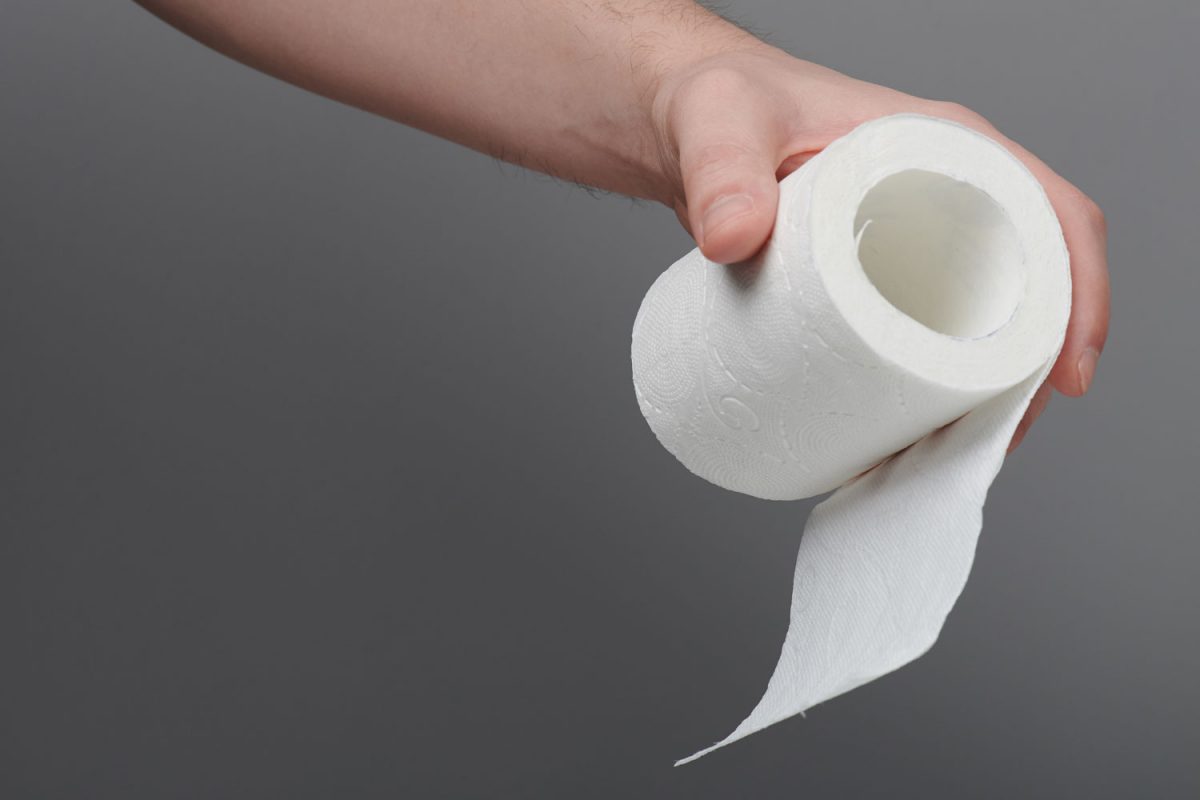
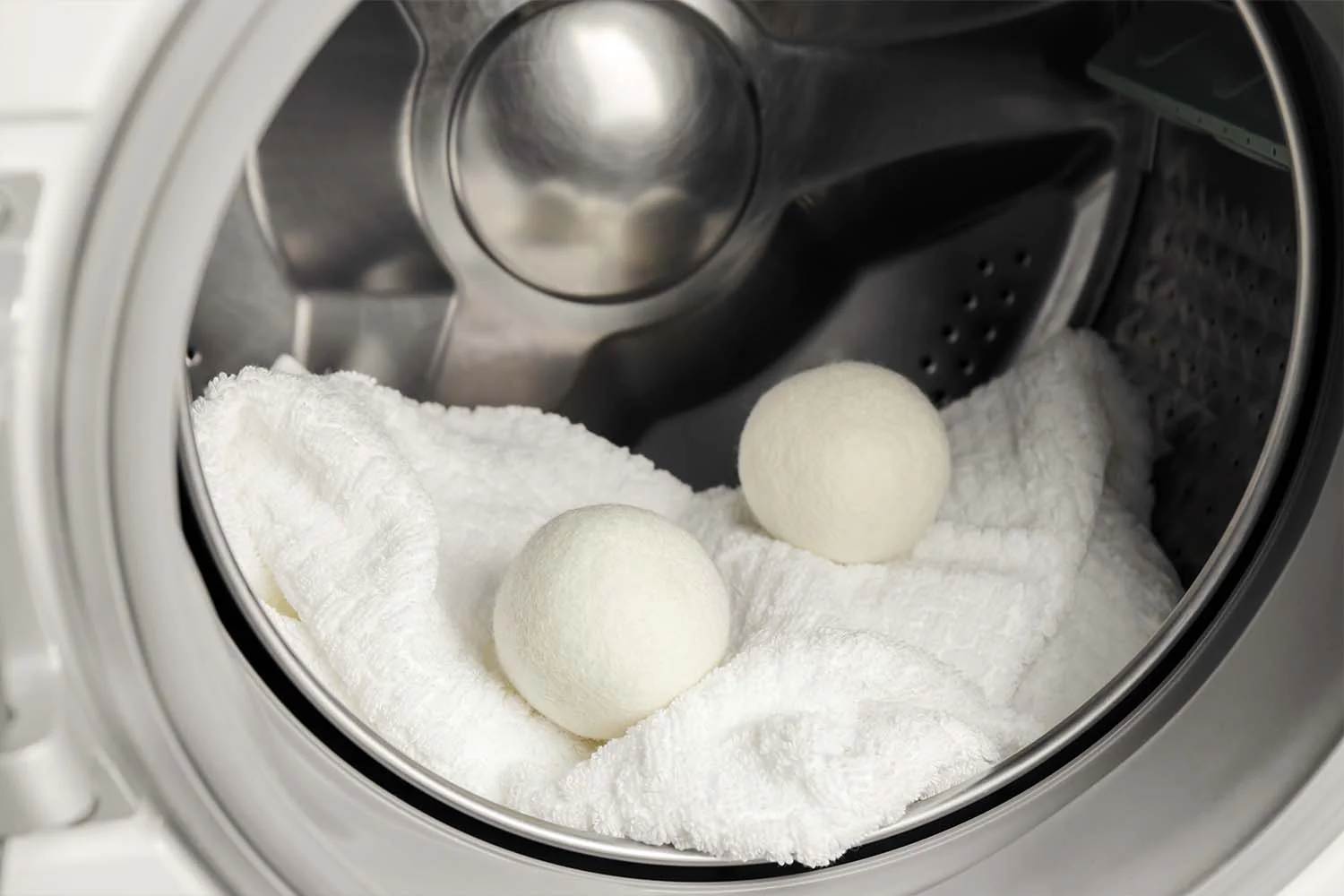

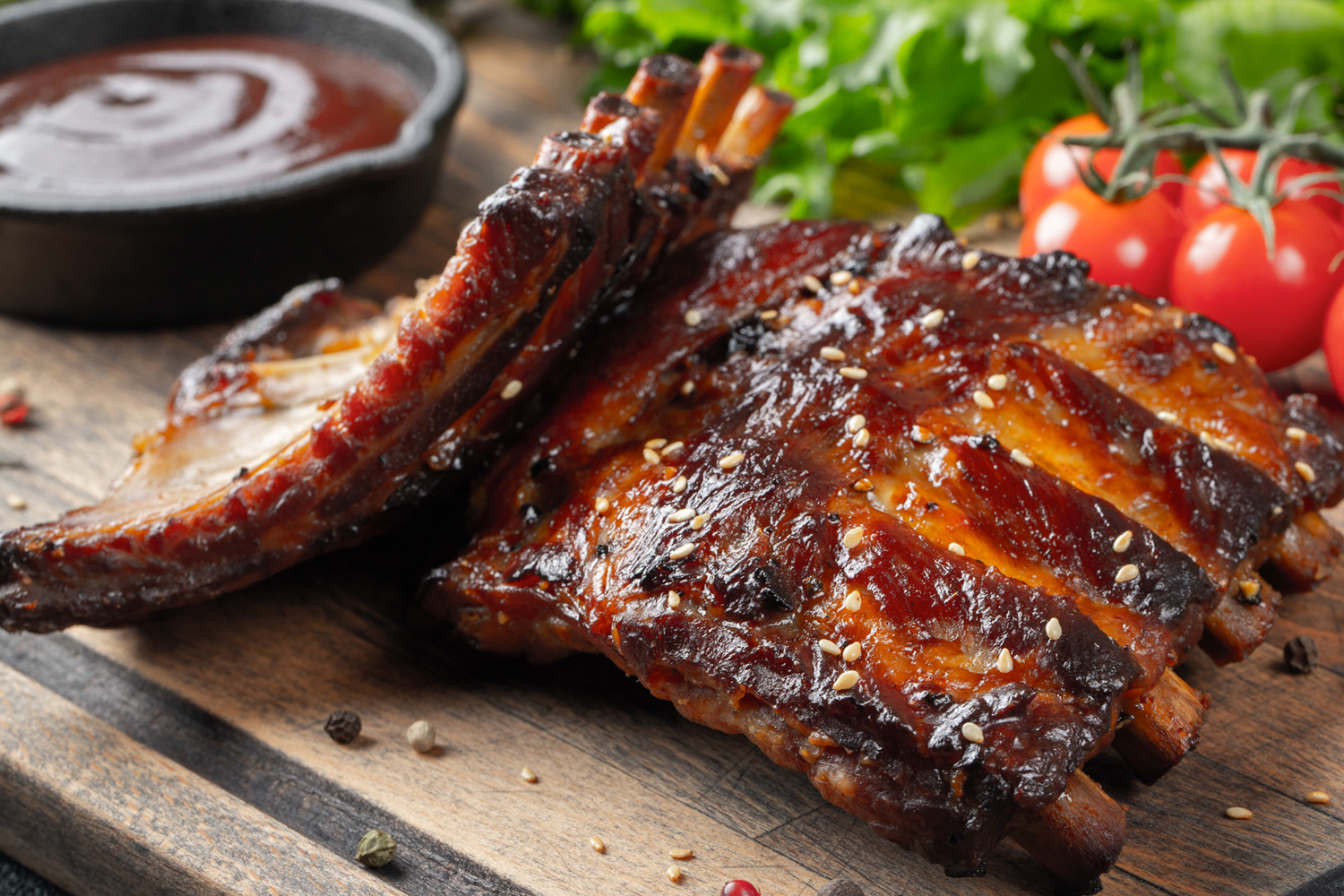


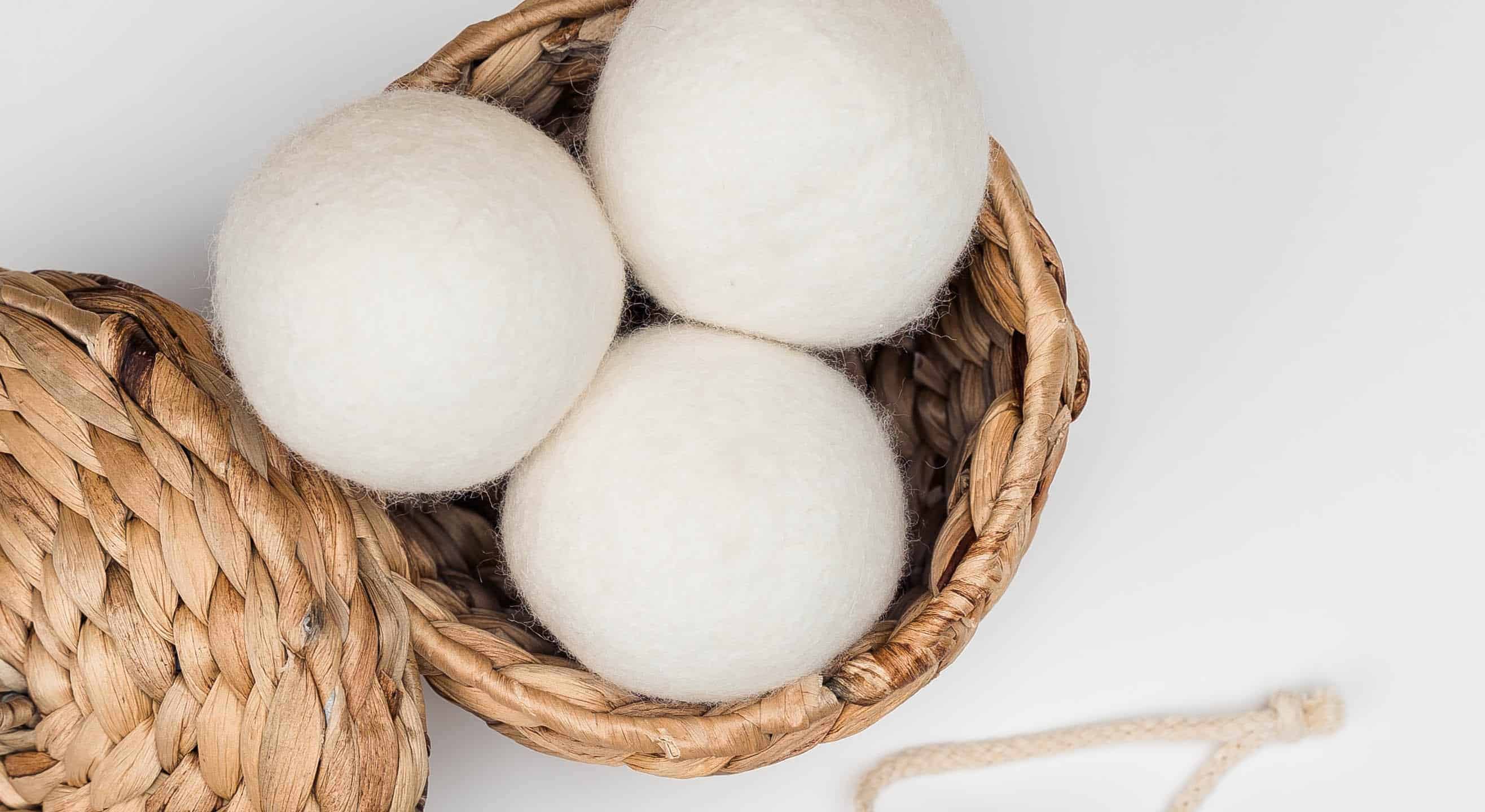
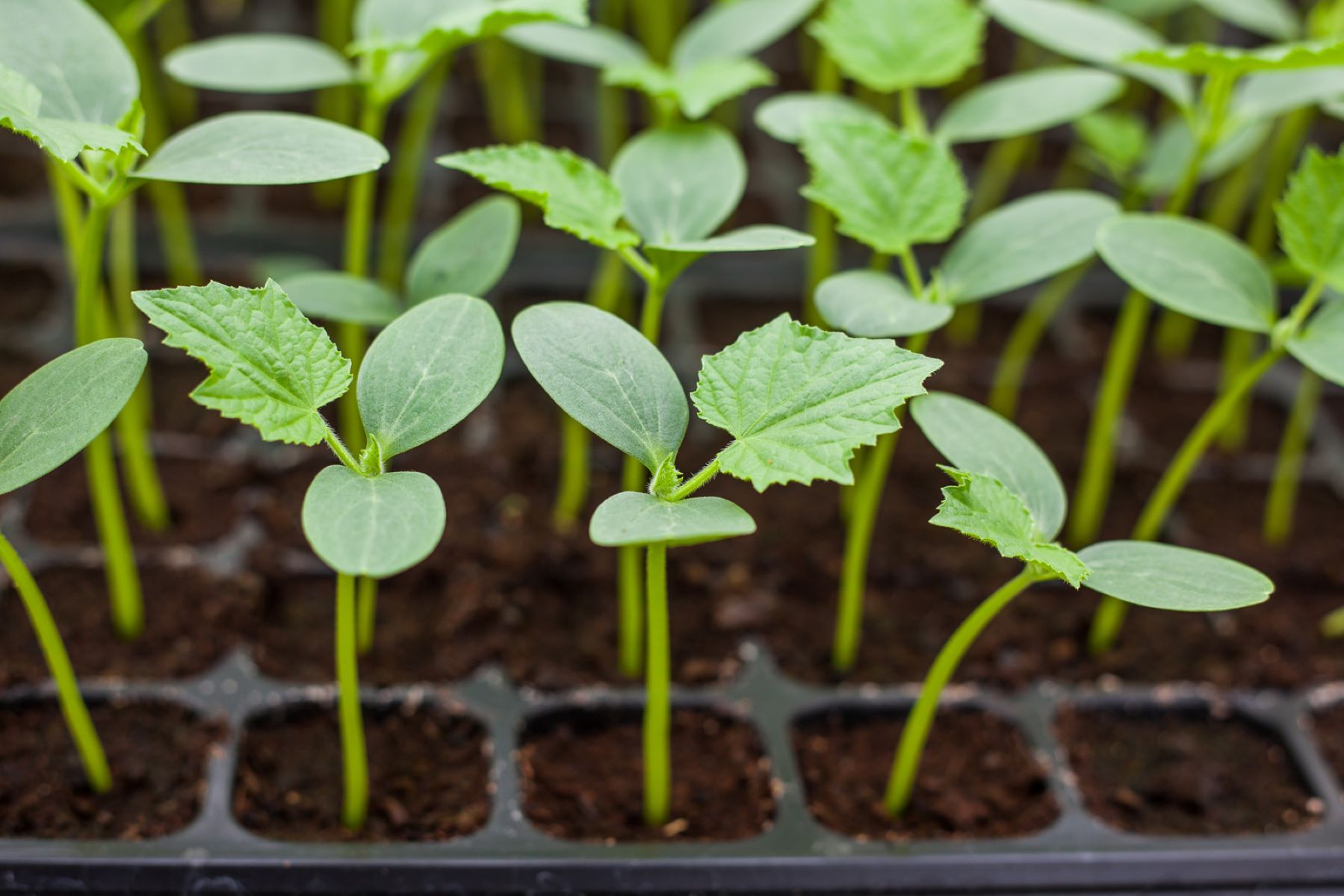

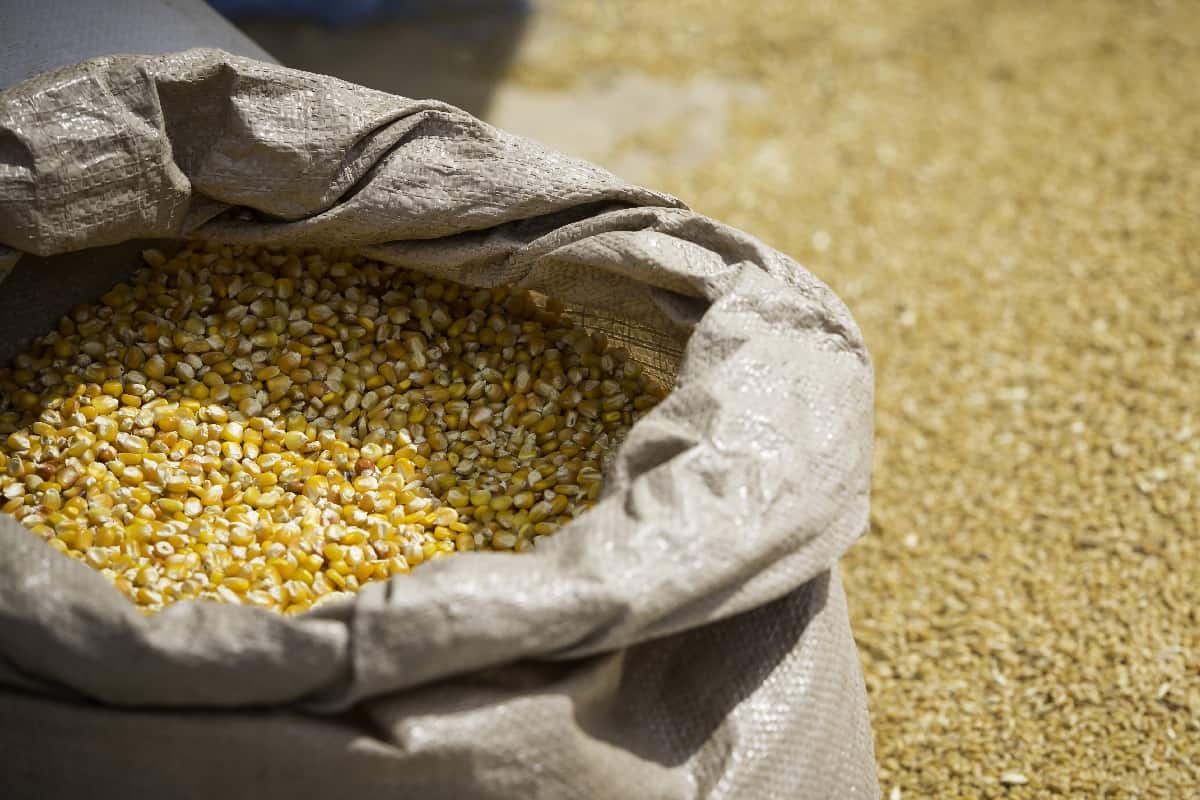
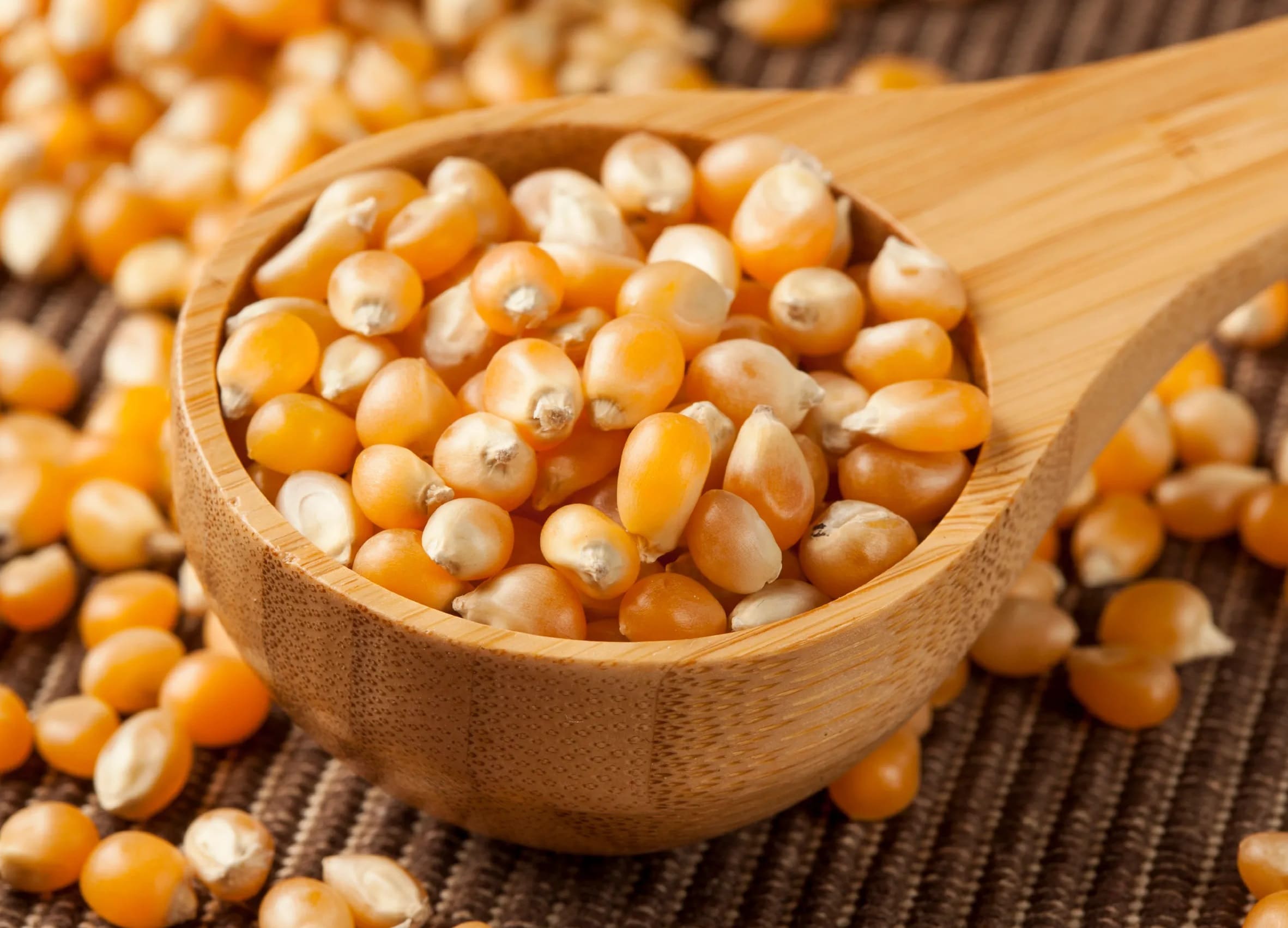
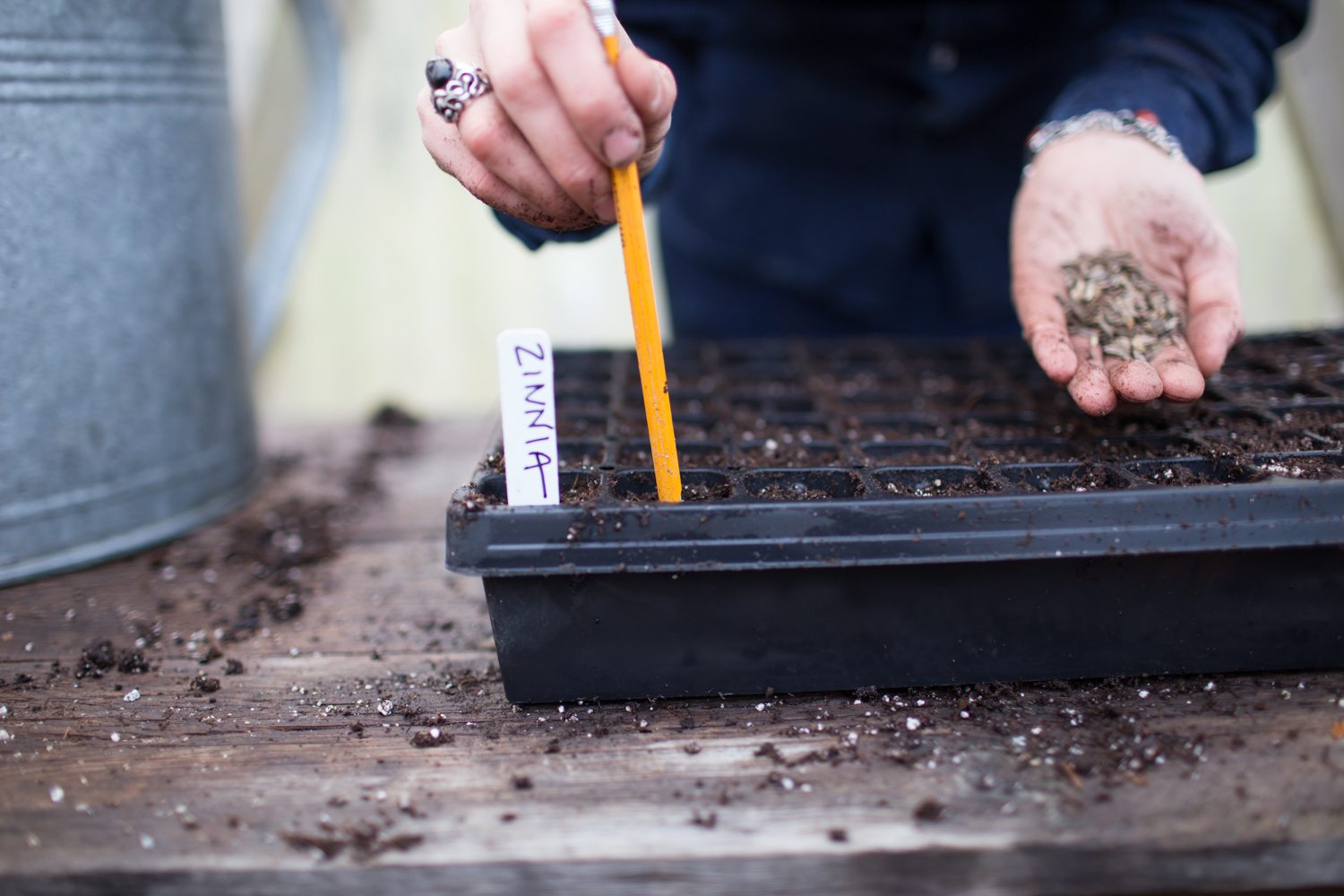
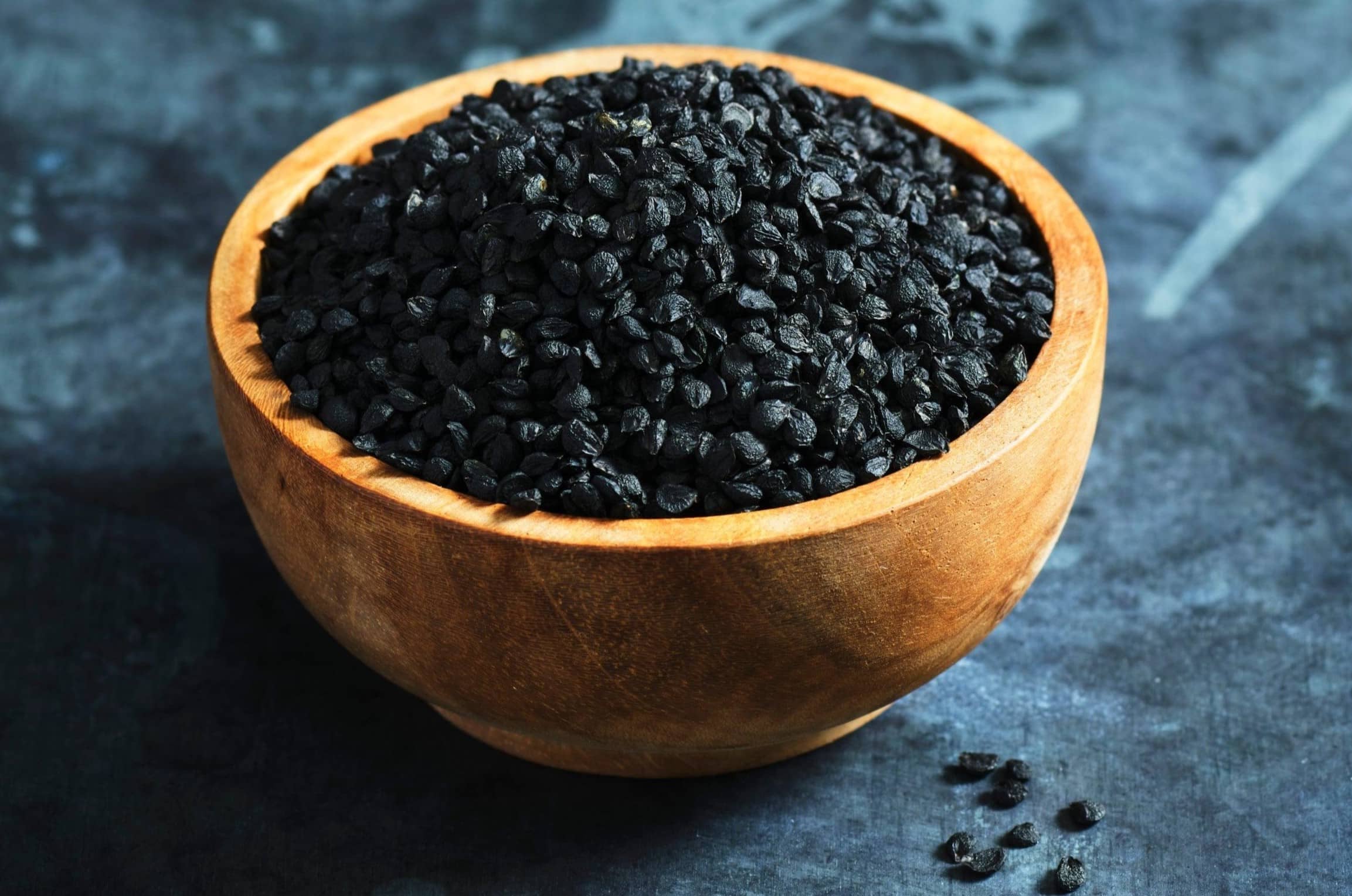

0 thoughts on “How Many Dryer Balls Per Load”